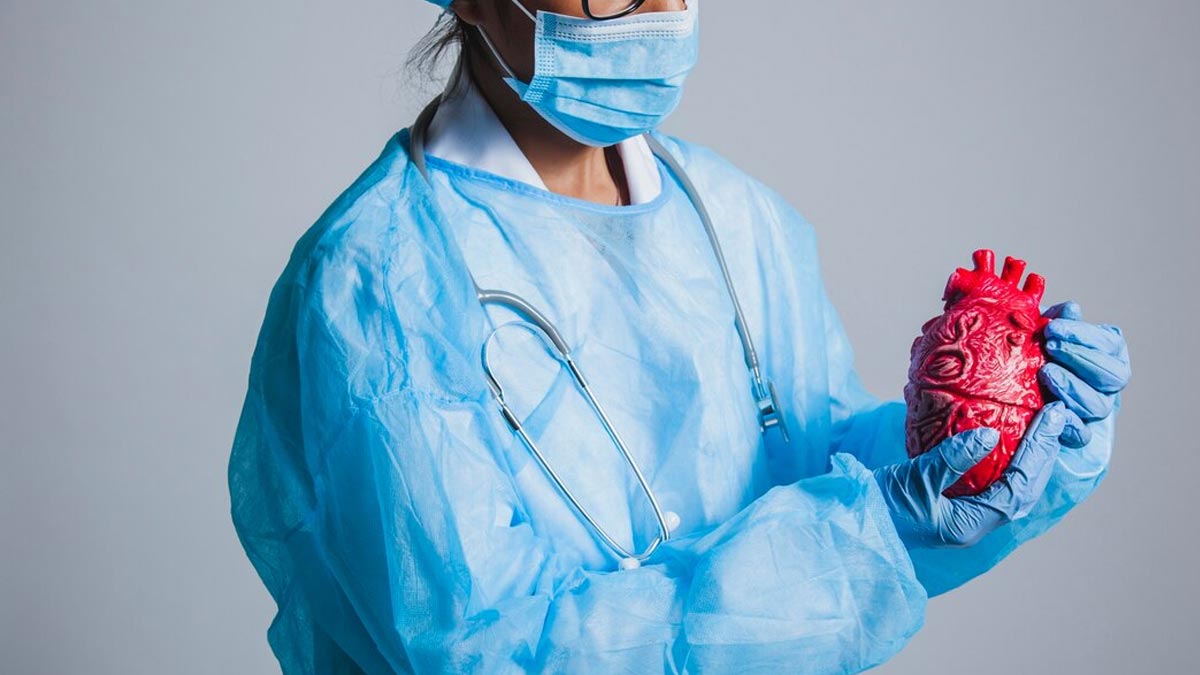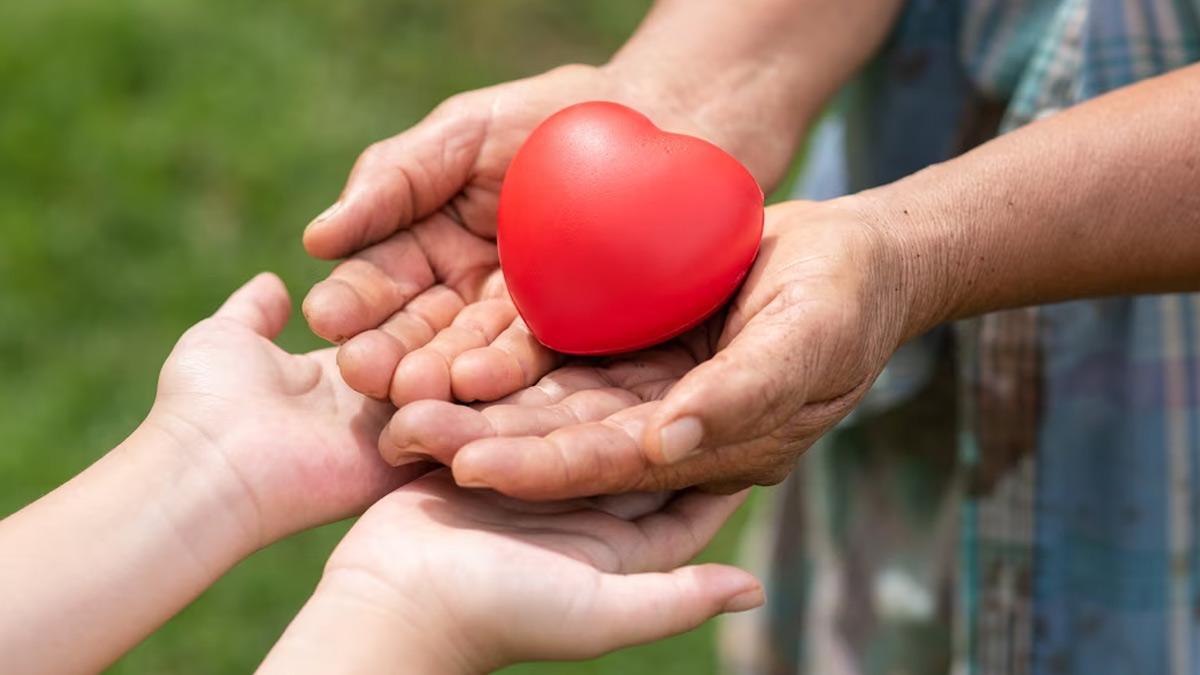
The worldwide demand for Heart Transplants (HT) has grown by over 40% from 2008-2019. However, the availability of suitable donor organs still remains limited. This challenge has prompted the HT community to explore avenues for increasing the number of donors, and potential recipients, and improving organ transportation. To shed light on the same, our expert Dr Giridhar Hariprasad, Consultant Heart Transplant and Cardiothoracic Surgeon, Yashoda Hospitals, Hyderabad explained about this life saving surgery in detail.
Table of Content:-
According to StatPearls, a heart transplant is undertaken in individuals with treatment-resistant acute and chronic heart failure. The most frequently employed method is the orthotopic heart transplant, although a heterotopic transplant has also been documented and carried out.
Changing Landscape of Donor Hearts

Over the past decade, there have been significant shifts in the availability of donor hearts for HT. Dr Hariprasad said, “Notable trends include the acceptance of older donors, now up to 50 years of age (previously limited to under 35), donors with heart hypertrophy, and donation after (DCD).”
He added, “An innovative approach involves using Predicted Heart Mass (PHM) instead of just body weight to assess the compatibility of donor and recipient sizes, expanding the pool of available hearts.”
Enhanced Organ Procurement
The advancement of surgical techniques has enabled the procurement of donor organs from greater distances. Dr Hariprasad added, “The conventional method for preserving donor hearts involves a 3-bag technique and storage in an ice cooler. However, the SherpaPak cardiac transport system by Paragonix offers an alternative. It utilises a single-use sterile disposable box to maintain the donor heart's temperature between 4-8°C, making it particularly valuable for longer transport times.”
Dr Hariprasad further said, “The most recent innovation in this field is the Organ Care System (OCS) by TransMedics, capable of preserving the donor heart in a warm, beating, near-physiological state, effectively reducing cold ischemic time.”
Also Read: Heart Transplantation Day 2021: True Story of 11 YO Girl Who Received Paediatric Heart Transplant
Expanding Patient Demographics

Dr Hariprasad highlighted, “Between 2000-2018, the proportion of listed HT candidates aged over 70 years increased from 2.5% in 2000 to 11% in 2017. This shift allows older patients to benefit from heart transplantation as a therapeutic option.”
He added, “The 2016 guidelines from the International Society for Heart and Lung Transplantation (ISHLT) discouraged HT in patients with severe irreversible disease in other organ systems or when heart failure was part of a multisystemic disease process. However, in such cases, Multiorgan Transplantation (MOT) may now be considered. Since 2018, 7% of heart transplants have been associated with other organs.”
Overcoming Allosensitisation
Dr Hariprasad noted, “Allosensitised patients, those with elevated panel-reactive antibody (cPRA) values, face a higher risk of rejecting the donor's heart. However, advances in immunosuppressant medications have made it possible for a growing number of patients with elevated PRA values to undergo successful heart transplantation.”
Also Read: All You Need To Know About A Heart Transplant From Cardiologist Dr Dora
A Growing Field with Challenges
Dr Hariprasad concluded, “The field of HT has experienced remarkable growth since the first heart transplant in 1967. While challenges persist in ensuring equal access for all, expanding donor and recipient selection criteria, and improving transport systems have led to a greater number of heart failure patients undergoing HT, ultimately offering them the promise of longer and healthier lives.”
[Disclaimer: The information in this article is shared by a registered healthcare professional and is for informational purposes only.]
Also watch this video
How we keep this article up to date:
We work with experts and keep a close eye on the latest in health and wellness. Whenever there is a new research or helpful information, we update our articles with accurate and useful advice.
Current Version